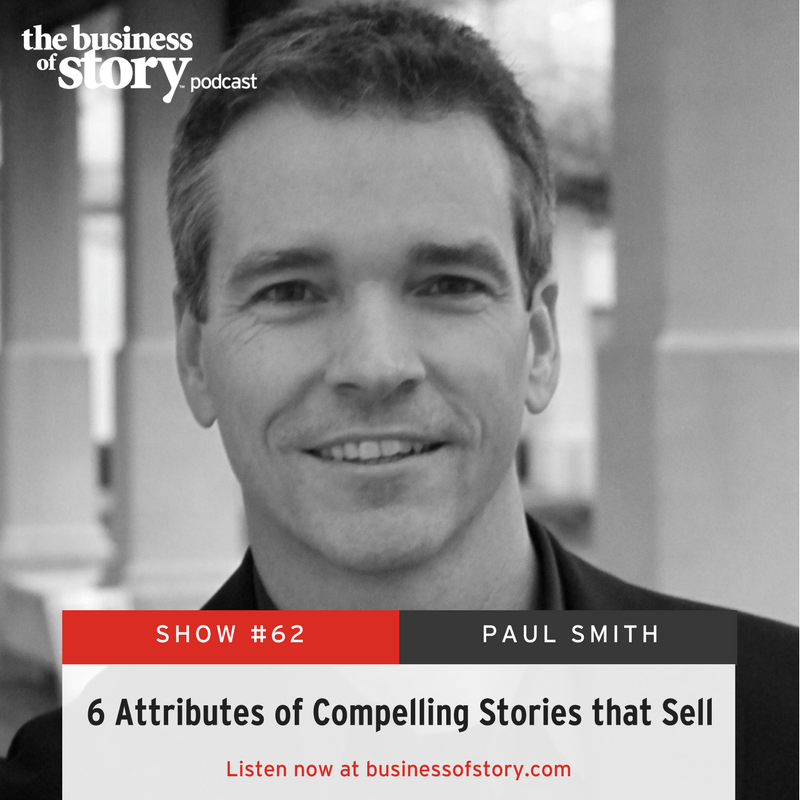How is your business different from your competitors?
One of the things I learned from interviewing dozens of professional buyers was that they think competitors (in just about every space) are so similar that it’s hard to tell them apart.
I know, I know. You’ve got the words “quality-focused” and “competitive pricing” on your marketing brochure already. But guess what? So does everybody else. We all need a better way to differentiate ourselves from our competitors. And the best way to do that is with a story that illustrates how your company operates with a customer, versus how your competitors do.
One of my favorite examples of that comes from Sharad Madison, CEO of United Building Maintenance. UBM is a commercial cleaning company — so they clean office buildings at night. And he knows there are a lot of companies that do that.
So, in order to differentiate his company from his competitors, one of the things Sharad tells a new prospect is what he typically does when he gets a new client.
Analyzing the Competition
Shared told me, “When we took over the contract for the Verizon building in New Jersey, we had a 30-day transition period. We typically take that time to go walk the floors and see what the current cleaning staff was doing—to find out if they’re properly trained and have the right tools.” I guess it’s not unusual for the new cleaning company to inherit the cleaning staff along with the contract.

“Now,” he said, “that’s a 1.7-million-square-foot property across several buildings. And the corridors are huge. We went to see the guy who vacuums the carpet and found him using a regular residential vacuum cleaner. Well, those hallways are 12 feet wide and over half a mile long! Can you imagine trying to clean it with the same machine you use at home? It would take all night, and it still wouldn’t be very clean. We ordered him a triple-wide, industrial-strength cleaner that’ll do the job in less than half the time and last forever.
“Then we found someone else shampooing those same carpets with a regular walk-behind shampooer. Again, that could take all night just to shampoo that one corridor. We put him in a high-speed riding shampooer that could do the job in a fraction of the time, with much better results. And it gets the guy off his feet.
“We got to the offices and started looking at the top of the file cabinets. You could see half-moons swiped out on top of otherwise dusty cabinet tops. I know exactly what that means, so we went to find the people who dust those cabinets.
“When we found them, my suspicion was confirmed. Those cabinets were five feet tall and several of the people doing the cleaning were shorter than that. They weren’t lazy. They just couldn’t reach high enough with their handheld rags to clean the whole cabinet top. That’s what leaves the half-moon shape. The truth is, they’d be better off not cleaning it at all, since the contrast between the dusty part and the clean part makes it apparent that it’s dirty. We gave them all extension wands so they could reach all the way to the back.”
Establishing the Differentiating Factors
 If it isn’t obvious, Sharad’s goal isn’t to be the cheapest cleaning service in town. His goal is to be the best. So, he could simply state the facts that UBM uses industrial strength vacuum cleaners, and rides a shampooing machine, and gives their staff 12-inch extension wands for their dust cloths. But that won’t make nearly the impression the story does.
If it isn’t obvious, Sharad’s goal isn’t to be the cheapest cleaning service in town. His goal is to be the best. So, he could simply state the facts that UBM uses industrial strength vacuum cleaners, and rides a shampooing machine, and gives their staff 12-inch extension wands for their dust cloths. But that won’t make nearly the impression the story does.
Telling this story allows his prospects to see, in their mind’s eye, the difference between his company and his competitors. They can see the guy riding around on the shampooer like a Zamboni machine on an ice hockey rink. They can see the people easily dusting the cabinets with the extension wands without leaving the half-moon shape. The story is a far more effective way to illustrate the facts than the facts are by themselves.
So, if all you have to explain the difference between you and your competitors is a list of facts, you don’t have enough. Turn them into a story.
Excerpt from Sell with a Story: How to Capture Attention, Build Trust, and Close the Sale by Paul Smith.
Listen to Paul Smith on episode #62: 6 Attributes of Compelling Stories that Sell








